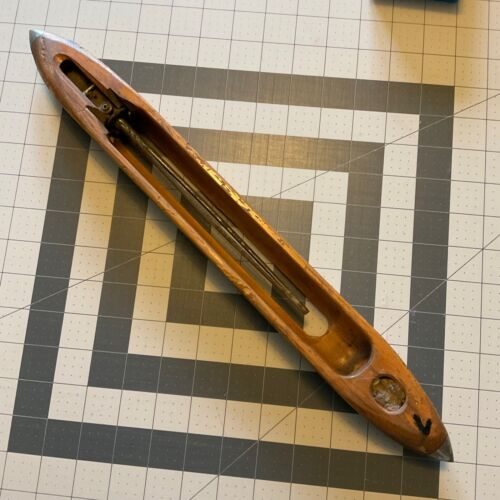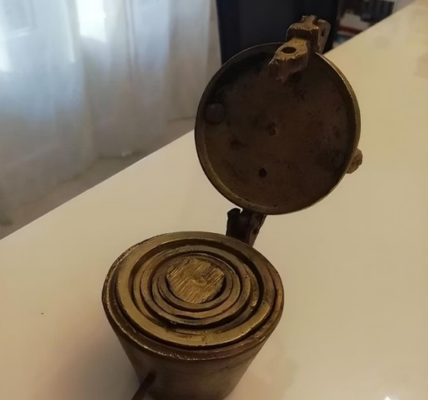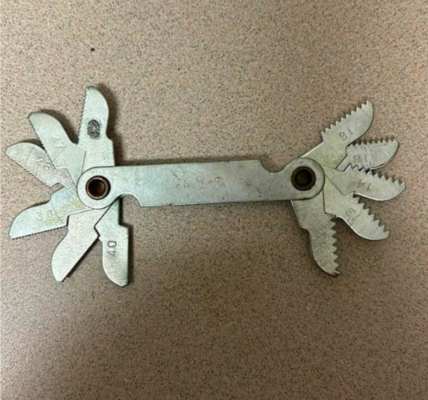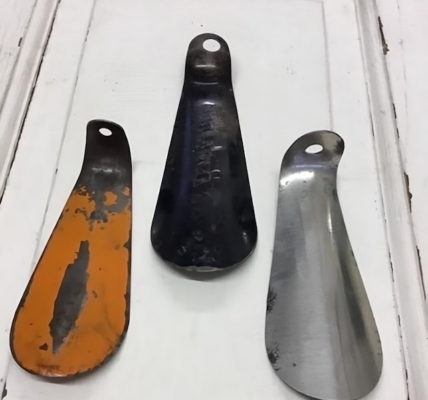A necessary piece of equipment used in a distinct field, highly regarded by those who rely upon it.
The weaving shuttle is not just a tool; it’s a testament to human creativity and the evolution of textile production. From ancient beginnings to modern adaptations, its journey reflects significant advancements in technology and artistry. Let’s explore how the weaving shuttle has shaped the textile industry and continues to hold its place in our cultural heritage.
Historical Background: The Evolution of Weaving Shuttles

The story of the weaving shuttle traces back to ancient civilizations. Imagine early humans, sitting by their looms, using rudimentary devices crafted from wood or bone to interlace threads. These simple shuttles allowed artisans to create textiles essential for clothing and other practical uses. This foundational work laid the groundwork for a craft that would develop over centuries, showcasing the ingenuity of our ancestors.
Medieval Innovations: Transforming Weaving Techniques
As we moved into the medieval period, the design of weaving shuttles underwent significant evolution. Artisans began experimenting with various materials, including metal and ivory, which enhanced both functionality and aesthetic appeal. A pivotal moment came in 1733 when John Kay introduced the flying shuttle. This innovative design transformed weaving, allowing weavers to produce wider fabrics more efficiently. It was like upgrading from a bicycle to a motorcycle—suddenly, the possibilities for textile production expanded dramatically.
Usage: Understanding the Weaving Shuttle’s Function
At its core, the weaving shuttle carries the weft thread across the warp threads on a loom. This fundamental mechanism is crucial for creating intricate patterns and textures in woven fabrics. Without the shuttle, weaving would be a tedious and time-consuming endeavor, akin to trying to paint a masterpiece with only a single color. The shuttle brings the whole picture to life.
Types of Shuttles: Choosing the Right Tool
Vintage weaving shuttles come in various forms, each tailored to specific weaving needs. For instance, boat shuttles are popular among handweavers due to their ease of use and smooth operation. On the flip side, rapier shuttles excel in industrial weaving, offering higher efficiency for mass production. Understanding these types helps weavers select the right tool, enhancing both the process and the final fabric.
Artisanal Craft: The Beauty of Weaving Shuttles

Beyond their practical applications, vintage weaving shuttles often showcase exquisite craftsmanship. Many artisans take great pride in creating shuttles that reflect the cultural heritage of their regions. These tools are not just functional; they are works of art in their own right. Imagine holding a beautifully crafted shuttle, its intricate designs telling stories of the culture and tradition from which it originated.
Cultural Significance: A Symbol of Tradition
The legacy of the weaving shuttle goes far beyond its functional role; it symbolizes the rich history of textile production. Techniques have been passed down through generations, ensuring that weaving remains an important cultural practice in many societies. Traditional weaving methods are celebrated and preserved, allowing new generations to connect with their heritage.
Modern Adaptations: Bridging Past and Present
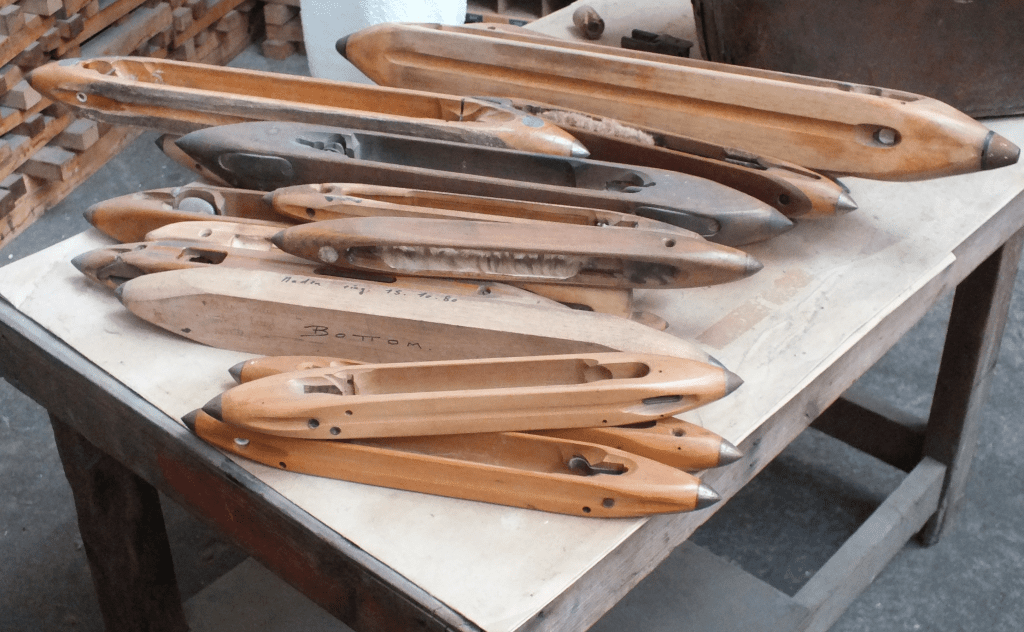
Despite the advancements in weaving technology, vintage shuttles maintain a cherished place among handweavers and textile artists. Many contemporary artisans appreciate the tactile experience of using traditional tools, fostering a deep connection to the past. It’s like using a handwritten letter instead of a text message—there’s something special about the personal touch that brings history to life.
Collectible Artifacts: Treasures of Textile Heritage

Vintage weaving shuttles have also become collectible items for enthusiasts and historians. Their unique designs and historical significance make them valuable artifacts, often displayed in museums and private collections. Each shuttle represents a piece of history, highlighting the evolution of textile technology and the artistry involved in its creation.
Celebrating the Weaving Shuttle’s Legacy
In summary, the vintage weaving shuttle embodies the artistry and craftsmanship of generations. Its historical journey reflects the development of weaving techniques and the cultural importance of textiles in society. As both a functional device and a collectible artifact, the weaving shuttle continues to inspire and connect us to the rich legacy of textile production. Whether you’re a seasoned artisan or a curious admirer, appreciating the weaving shuttle opens a window into the fascinating world of textiles and the enduring human spirit behind them.
